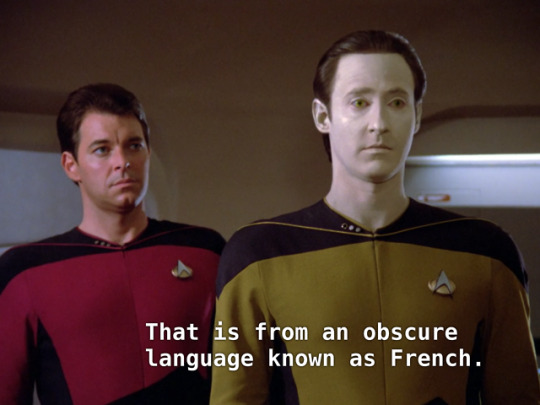Text

after years of being away and only drawing pets, I semi-completed a thing. just because he’s basically a puppy <33
813 notes
·
View notes
Photo










This Is What We Know About Black Holes In Advance Of The Event Horizon Telescope’s First Image
“For hundreds of years, humanity has expected black holes to exist. Over the course of all of our lifetimes, we’ve collected an entire suite of evidence that points not only to their existence, but to a fantastic agreement between their expected theoretical properties and what we’ve observed. But perhaps the most important prediction of all — that of the event horizon’s existence and properties — has never been directly tested before.
With simultaneous observations in hand from hundreds of telescopes across the globe, scientists have finished reconstructing an image, based on real data, of the largest black hole as seen from Earth: the 4 million solar mass monster at the center of the Milky Way. What we’ll see on April 10 will either further confirm General Relativity or cause us to rethink all that we believe about gravity. Eager with anticipation, the world now awaits.”
The Event Horizon Telescope will, on April 10 (tomorrow, at the time of this writing), release an image two years in the making: of the event horizon of the black hole at the Milky Way’s center. Many will look at this as the first definitive proof that black holes truly exist, but we mustn’t forget all the (overwhelming!) evidence we already have in hand. There is a ton that we already know about black holes that has been demonstrated observationally, and all of it is in spectacular agreement with what we theoretically expect.
On the eve of the Event Horizon Telescope’s big announcement, take some time to get a little perspective, and learn what we already know about black holes!
184 notes
·
View notes
Text

i don’t know what this style is supposed to be jdkdkdk
54 notes
·
View notes
Photo

your creativity is not limited by recovery
4K notes
·
View notes
Text

i rewatched season 10 and i couldn’t not do this i love her so much??????
684 notes
·
View notes
Photo


data copying geordi in eye of the beholder
2K notes
·
View notes
Photo









On this day in 1989 the Galileo spacecraft was launched to explore Jupiter and its moons.
Galileo was an American unmanned spacecraft that studied the planet Jupiter and its moons, as well as several other Solar System bodies. Named after the Italian astronomer Galileo Galilei, it consisted of an orbiter and an entry probe. It was delivered into Earth orbit on October 18, 1989 by Space Shuttle Atlantis. Galileo arrived at Jupiter on December 7, 1995, after gravitational assist flybys of Venus and Earth, and became the first spacecraft to orbit Jupiter. It launched the first probe into Jupiter, directly measuring its atmosphere. Despite suffering major antenna problems, Galileo achieved the first asteroid flyby, of 951 Gaspra, and discovered the first asteroid moon, Dactyl, around 243 Ida. In 1994, Galileo observed Comet Shoemaker–Levy 9’s collision with Jupiter.
Jupiter’s atmospheric composition and ammonia clouds were recorded, the clouds possibly created by outflows from the lower depths of the atmosphere. Io’s volcanism and plasma interactions with Jupiter’s atmosphere were also recorded. The data Galileo collected supported the theory of a liquid ocean under the icy surface of Europa, and there were indications of similar liquid-saltwater layers under the surfaces of Ganymede and Callisto. Ganymede was shown to possess a magnetic field and the spacecraft found new evidence for exospheres around Europa, Ganymede, and Callisto. Galileo also discovered that Jupiter’s faint ring system consists of dust from impacts on the four small inner moons. The extent and structure of Jupiter’s magnetosphere was also mapped.
On September 21, 2003, after 14 years in space and 8 years in the Jovian system, Galileo’s mission was terminated by sending it into Jupiter’s atmosphere at a speed of over 48 kilometers per second (30 mi/s), eliminating the possibility of contaminating local moons with terrestrial bacteria. (source)
Image credit: NASA/JPL-Caltech/Kevin M. Gill
Sounds of Ganymede’s magnetosphere
2K notes
·
View notes
Photo

Jess Collins (1923-2004) Ex 7 Zodiacal Light, 1968 (94.5 x 73.4 cm)
808 notes
·
View notes
Text
i’m oscillating between dimensions y’all want anything
147K notes
·
View notes











